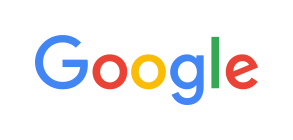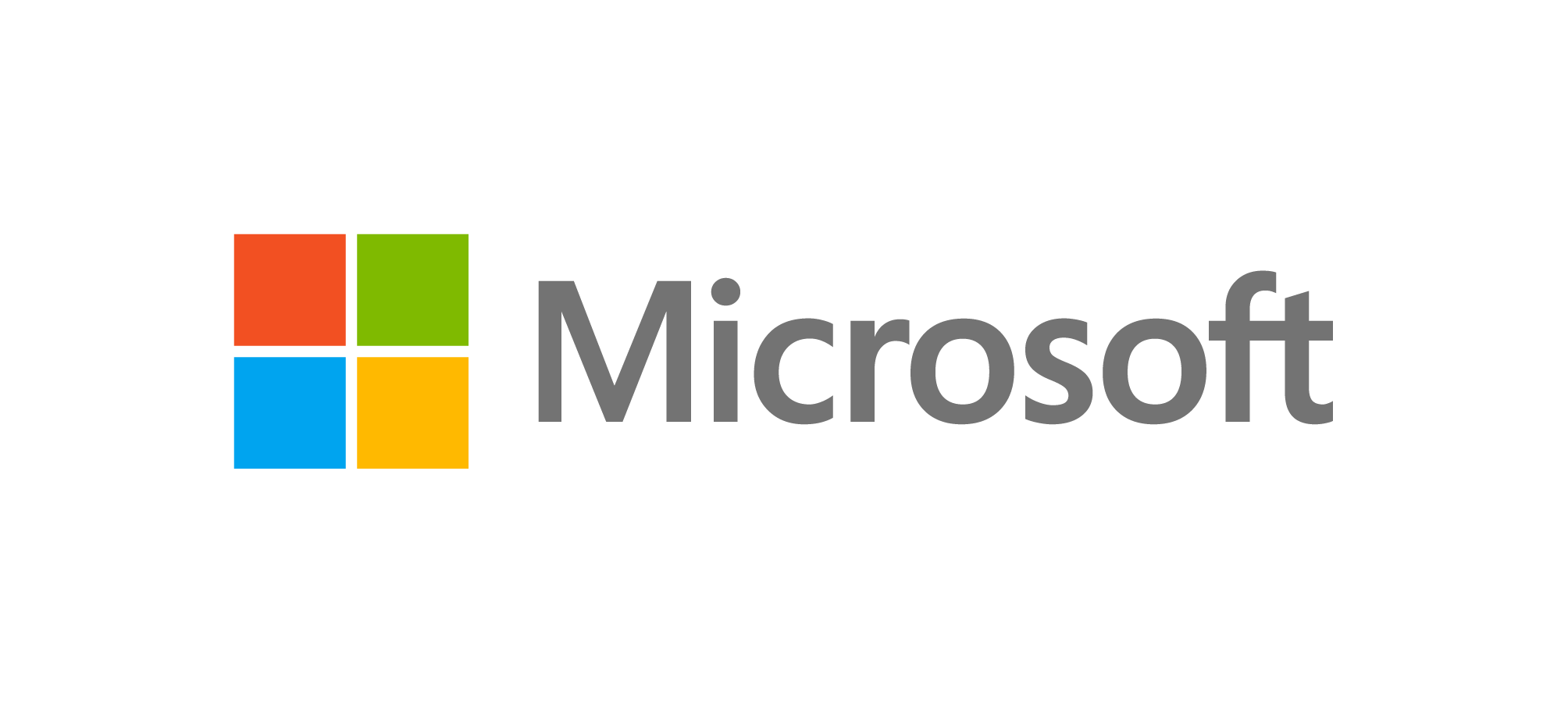AP-CSP Curriculum Guides
8. To Do
Several learning objectives are not currently covered by the CS Field Guide. This "to-do" list includes general computer science topics and suggestions for how we can update the field guide to cover the learning objectives. Different levels of changes are suggested:
- new chapter: some topics are best put into stand-alone new field guide chapters
- Hardware Abstractions [Phase+]
- Software Abstractions [Phase4]
- Models and Simulation [Phase3]
- Network Systems [Phase+]
- Logic [Phase+]
- new section: add a new X.Y major section to chapter X
- new sub-section: add a new X.Y.Z minor section to section Y of chapter X
- edits to existing text content to use specific terminology
Abstraction

- floating point representation
- new section in data-representation [Phase+]
- bit representation of program instructions (not just data)
- new section in data-representation OR part of new chapter on hardware abstractions [Phase2][draft]
- abstraction process: removing irrelevant details, extracting common features
- part of new chapter on hardware abstractions
- explicit section on functions/functional abstraction
- new section in programming-languages OR part of new chapter on software abstractions
- re-work a unit / activity on hardware and software abstraction layers below high level language (from the software engineering one)
- new chapter on hardware OR software abstractions
- equate level of language with concept of abstraction
- additional wording in end of 3.1 intro to programming-languages [Phase1][draft]
- models and simulations (there are some CS unplugged ones)
- new chapter on models-simulations
Algorithms

- sequencing, selection, iteration as building blocks for algorithms
- new sub-section with specific terms in section 2.4 [Phase1][draft]
- algorithm correctness
- new sub-section in 2.1 [Phase1][draft]
- decidability
- new section in 11.? [Phase2][draft]
- combining algorithms
- add terms to 2.1 [Phase1][draft]
- language choice for algorithms
- better description at end of section 2.1.1 [Phase1][draft]
- theoretical vs empirical analysis
- additional paragraph in 2.1.2 [Phase2][draft]
- efficiency of memory usage
- additional paragraph in 2.1.2 [Phase2][draft]
Creativity

- collaborative tools (open source, github/google doc)
- new chapter on data analysis, visualization, processing, etc.
- computational artifacts as more than programs
- new chapter on data analysis, visualization, processing, etc.
- computational tools to transform digital media industries such as photoshop, virtual synthesizers, etc
- new chapter on data analysis, visualization, processing, etc.
Data

- large data sets (databases), queries, filtering
- new chapter on data analysis, visualization, processing, etc.
- data patterns (sequence analysis / cryptography?)
- new chapter on data analysis, visualization, processing, etc.
- collaboration over data (forms, spreadsheets, online multi-edit)
- new chapter on data analysis, visualization, processing, etc.
- data visualization (tables, diagrams)
- new chapter on data analysis, visualization, processing, etc.
- metadata
- new chapter on data analysis, visualization, processing, etc.
Impact

Most AP curriculum include specific lesson plans to cover these topics by requiring the students to research online after/during reading of the Blown to Bits book (freely available online). A teaching guide on how to use Blown to Bits in the classroom along with discussion questions and essay/project ideas should be sufficient. Therefore no new CS Field Guide content is suggested for these.
- computer ethics
- social computing
Programming

- program components (modularity)
- additional sub-section in software-engineering [Phase2]
- program documentation
- re-wording or new sub-section in software-engineering; include self-documenting approaches [Phase2]
- collaboration and communication within programming teams
- add sub-section on Scrum, issue tracking and/or other communication mechanisms to 16.6 [Phase2]
- program execution / implementation of algorithm
- new chapter on software/hardware abstraction
- solving larger classes of problems with hardware and algorithm improvements over time
- add sub-section to 11.2 about some simple algorithms that now scale to millions of CPU cores that are solving real problems - possibly genomics, image processing for medical purposes, etc. [Phase2]
- procedures, functions, strings, lists, common programming library functions, APIs
- new chapter on software abstraction
- software quality, code metrics
- new section in software-engineering
- debugging
- new chapter on software abstraction
- functionality vs unit testing, program correctness, justification
- new subsection in software-engineering 16.4 [Phase2]
- operators
- new chapter on software abstraction
- boolean logic, algebra
- new chapter on logic
Internet

New chapter on Network Systems with sections for the below
- internet system model: hierarchy, redundancy, fault tolerance (addresses, protocols, services)
- bandwidth, latency
- cybersecurity (DDoS, phishing, viruses, firewalls)
- trust model, DNS, CAs
- open standards for routing, cryptography, protocols



